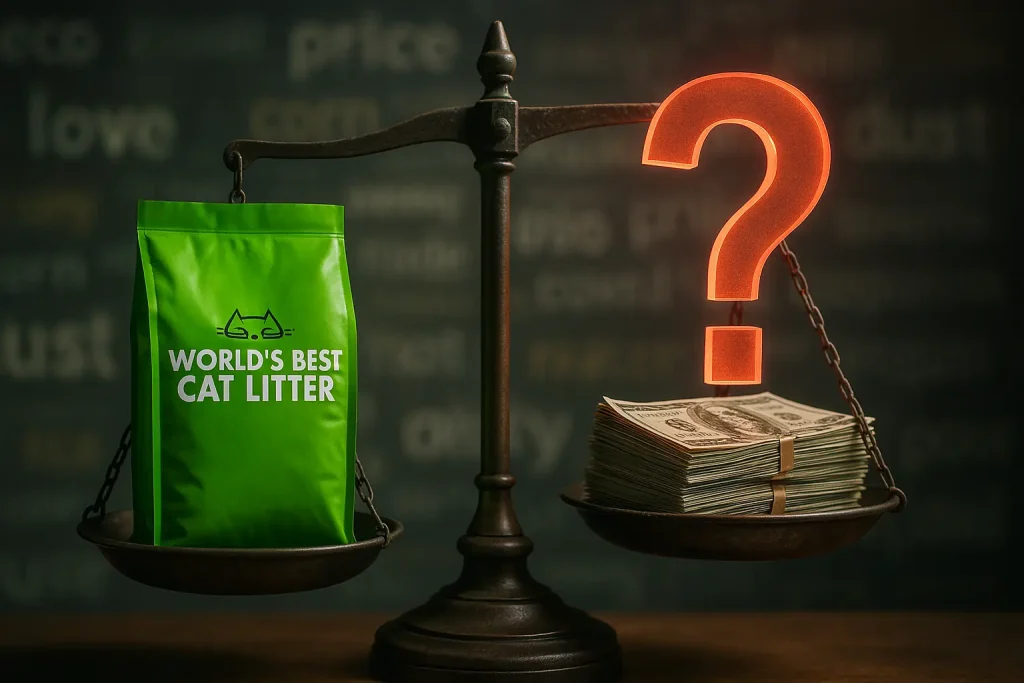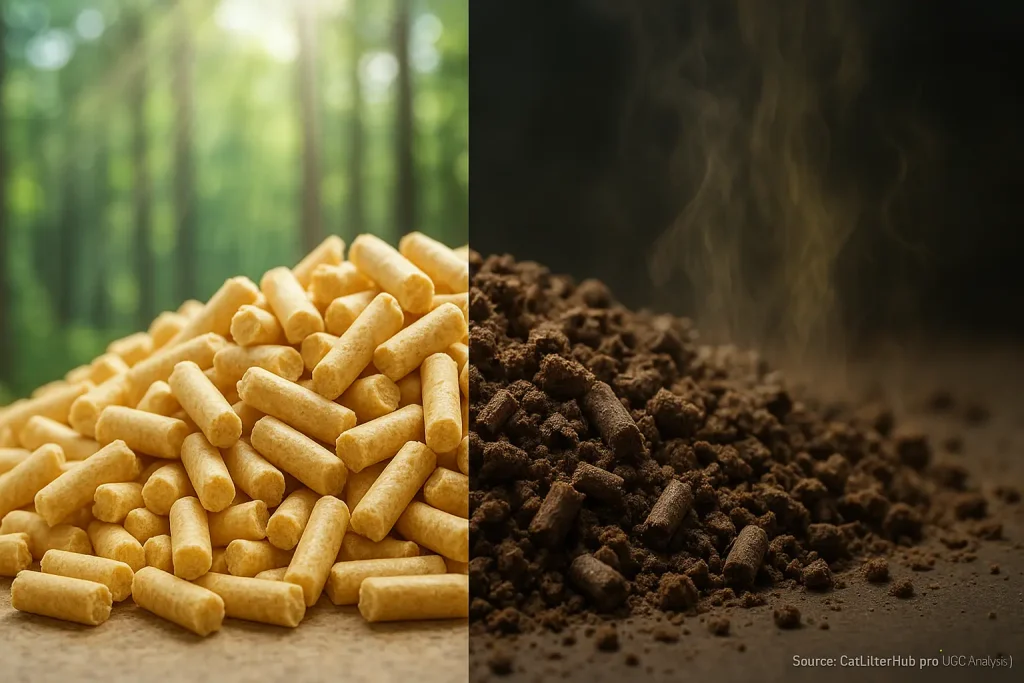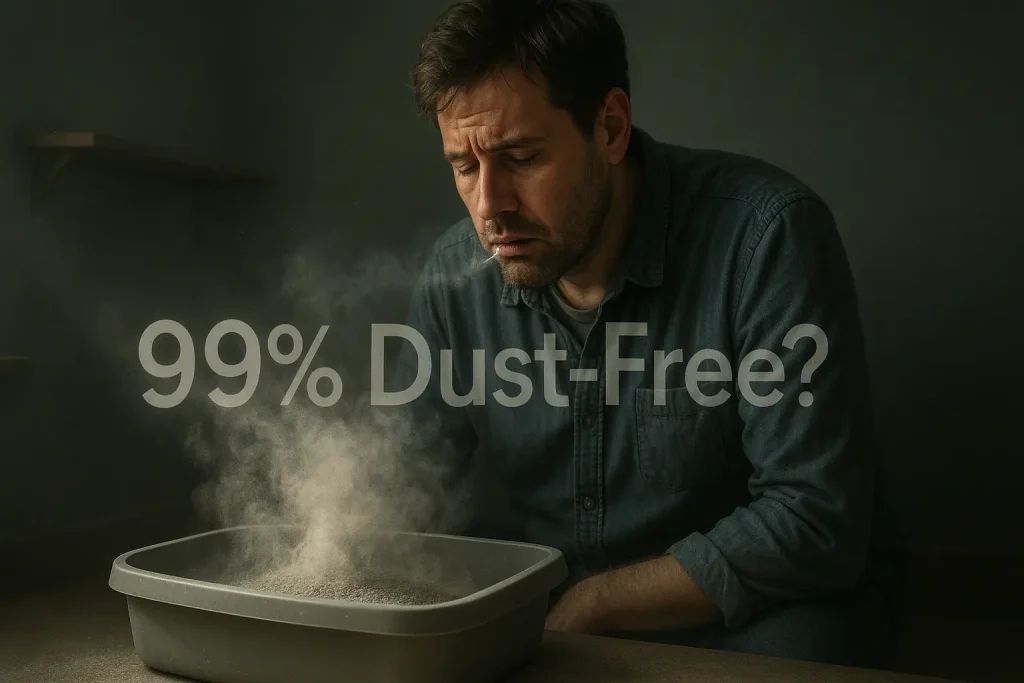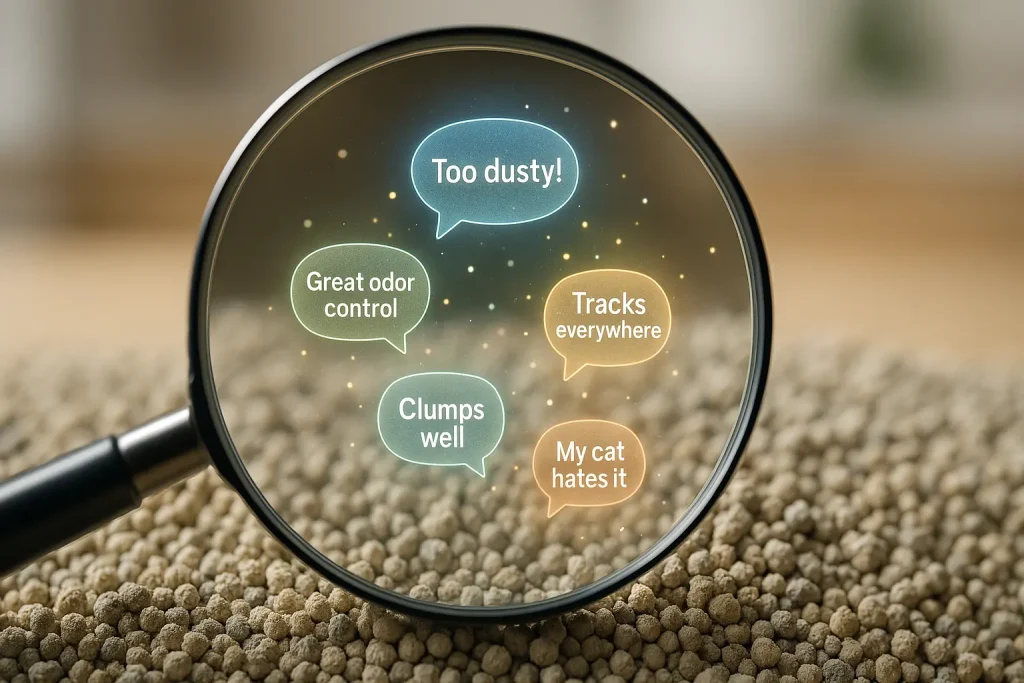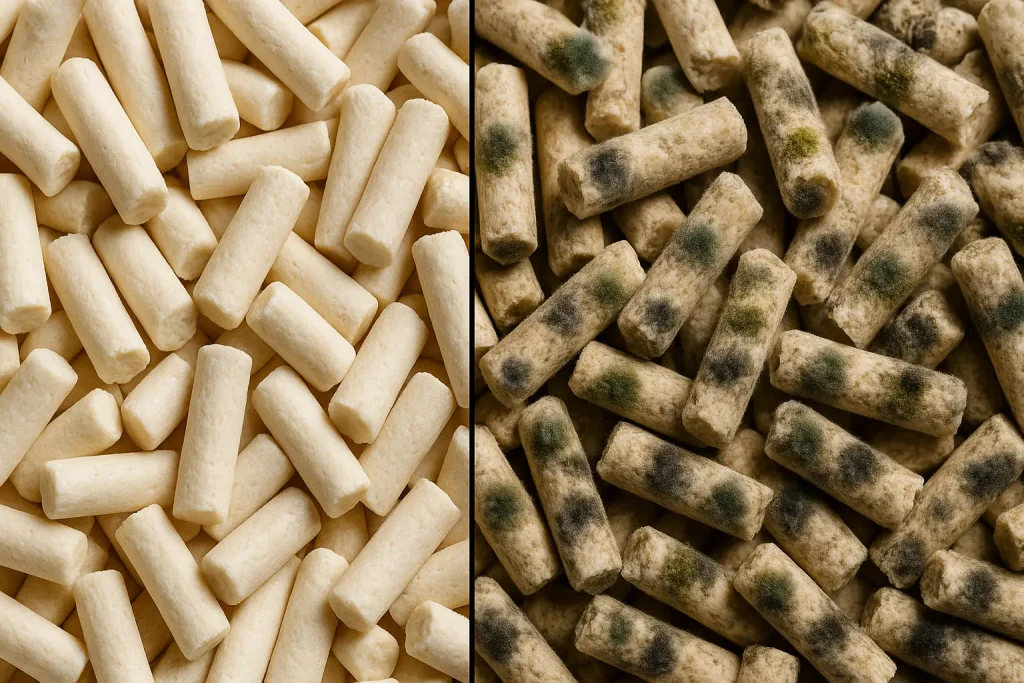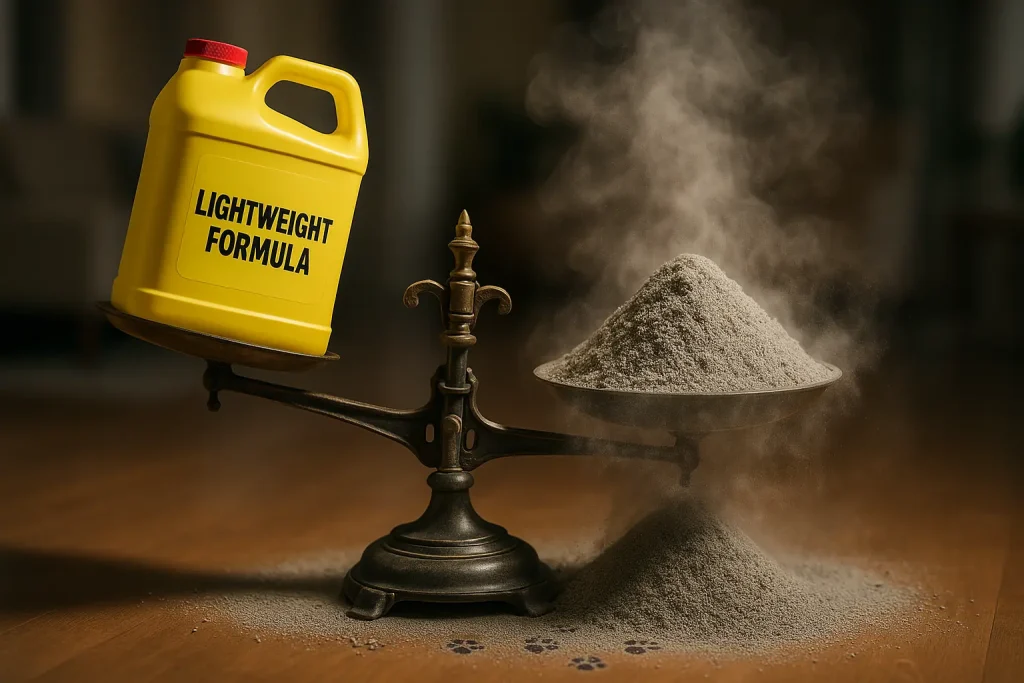The Alluring Promise: Why Wheat Litter Clumps Seem Like a Dream
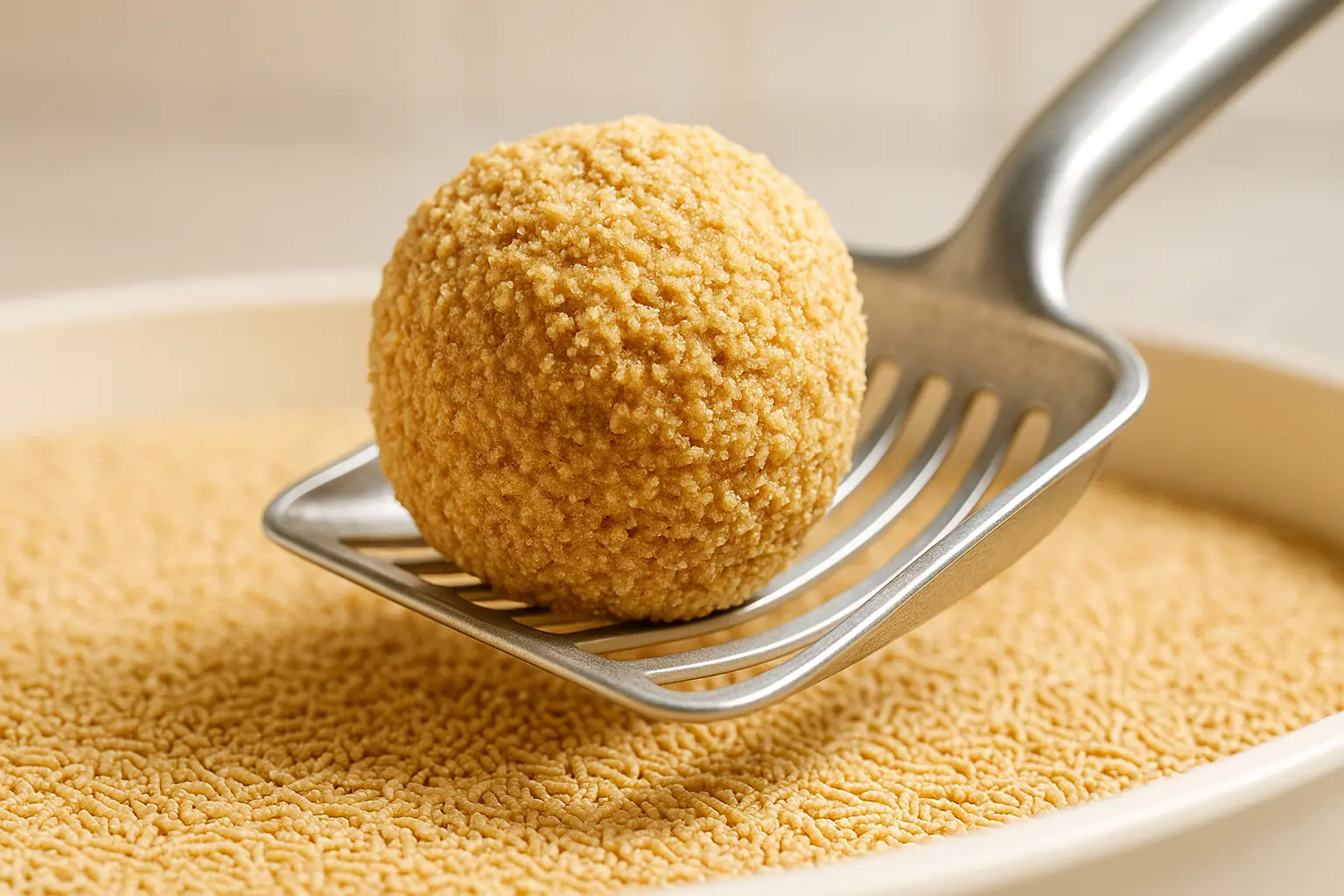
Dreaming of a natural litter that clumps like a champ? Many cat owners turn to wheat litters with exactly that hope. These products attract users with their plant-based origins. The eco-friendly aspect resonates strongly with many buyers. Easy scooping is a powerful initial promise.
Imagine this scenario. Your first scoop comes from a fresh wheat litter box. The clump lifts out. Mostly intact. Relief! Users often share that initial satisfaction. Countless early reviews express this sentiment: "Finally, a natural option that truly clumps!"
This early success often cements a positive first impression. Owners feel a surge of hope. But is that the entire picture? What happens after several days of use? Or even a full week? The collective experience of cat parents frequently reveals an unexpected shift.
The Crumbling Truth: User Reports of Wheat Clumps Turning to Powder
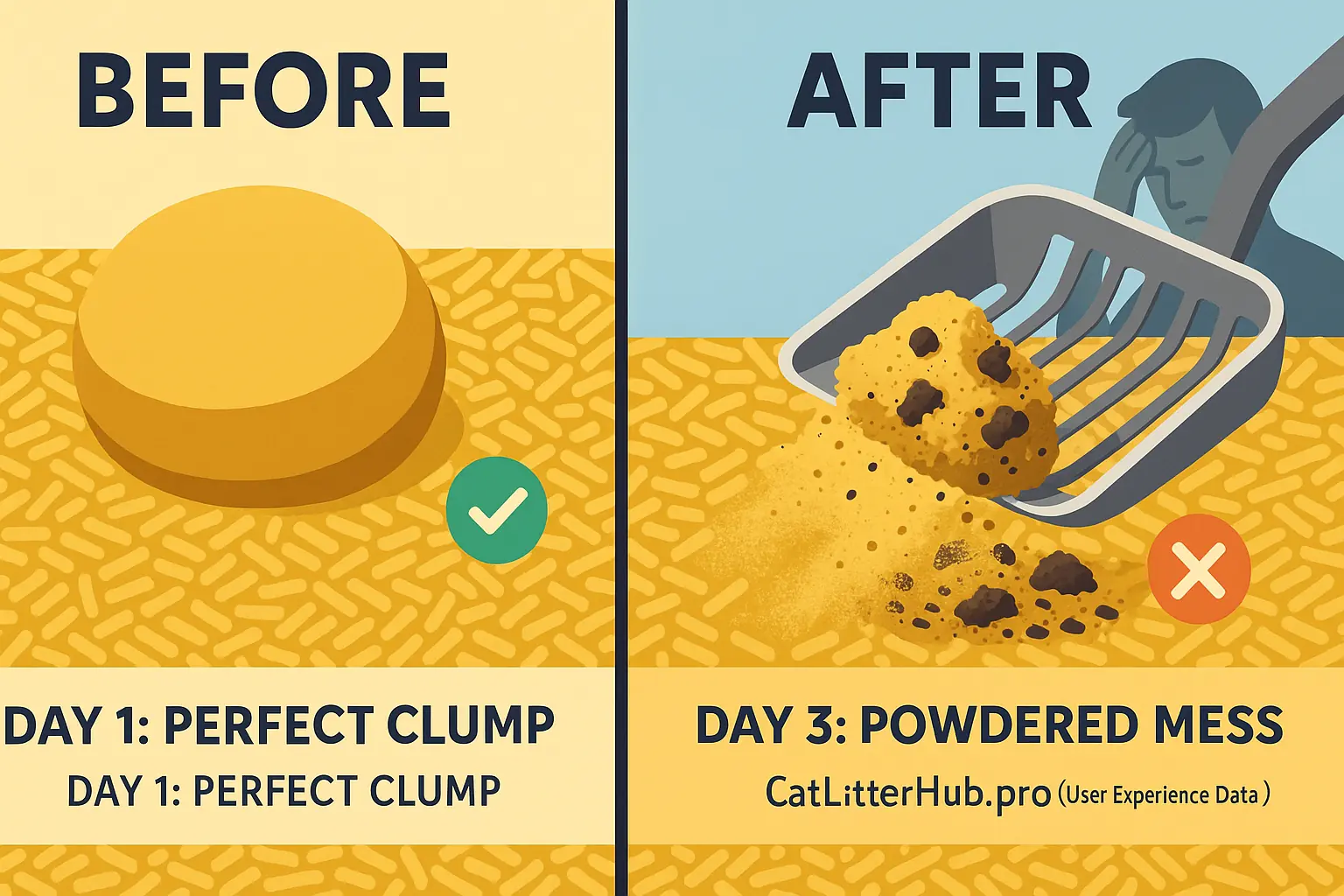
So, that dream clump we talked about? It is short-lived for many wheat litter users. The big question users ask: Why do my wheat litter clumps start strong but end up as messy powder? This experience fuels considerable frustration, a theme evident in countless reviews.
Picture this common scenario from user reports. A user scoops a day-old clump; it holds perfectly. Two days later, that same spot tells a different story. "The clumps just...disintegrate when I try to scoop them," one owner shared, a sentiment many others echo. It becomes like scooping wet sawdust mixed with tiny fragments. This is reality.
This powdering effect creates more than annoyance. It means soiled litter particles remain in the box. This residue often leads to more frequent full box changes. And, yes, more wasted litter. User feedback indicates the scooping process becomes a delicate, often frustrating, balancing act.
Our deep dive into user feedback reveals a distinct pattern. Initial clumping might earn approval from owners. Clump durability satisfaction, however, often plummets after just two to three days for many wheat litters. Some users even report clumps breaking apart while their cat is digging. That's a problem.
Why the Crumble? Unpacking Potential Reasons for Wheat Clump Instability
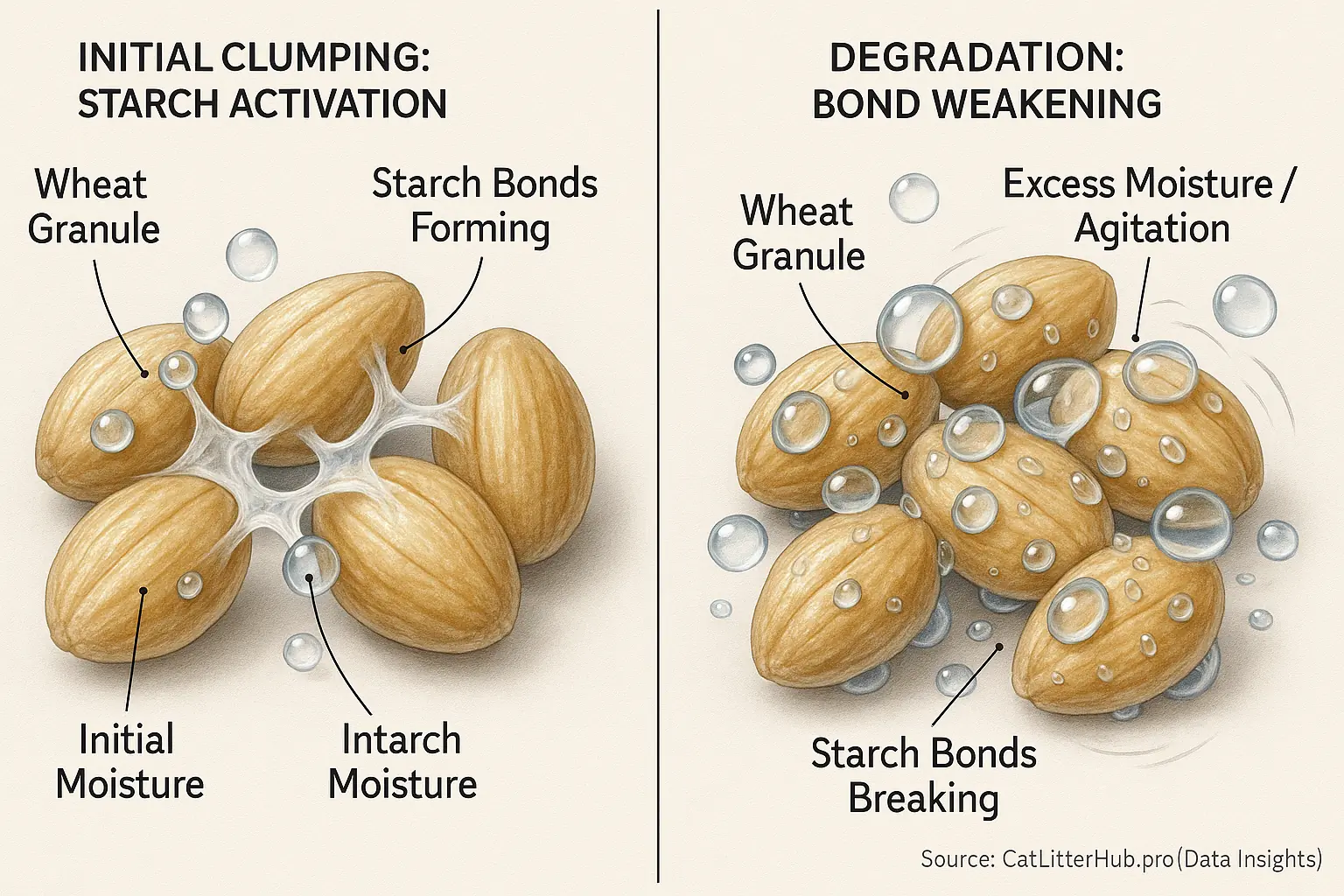
So, what's actually going on when those promising wheat clumps turn traitor? Users themselves offer plenty of theories. Some basic science might even back them up. Our community observations point to a few key factors.
A frequent user observation suggests repeated moisture exposure is a main culprit. Many owners speculate these clumps become too saturated. They just give up. Others point to the cat's own digging activities. Cats with enthusiastic digging habits, some owners report, may pulverize older, weaker clumps.
Wheat's natural starches create that initial stickiness. Think flour. Water. These starch-based bonds, however, might not match mineral binders' resilience against prolonged moisture. More urine interacting with an existing clump often compromises its integrity. Mechanical stress from scooping or vigorous digging further destabilizes these weakened structures.
It's a delicate balance, this wheat litter situation. The organic composition makes wheat litter 'natural' and 'biodegradable'. This same quality, though, might be its Achilles' heel for clump durability. Many owners, especially those accustomed to clay's rock-solid performance, expect sturdier clumps than wheat sometimes delivers.
The Ripple Effect: Wheat Litter's Clump Issues & User Notes on Odor, Tracking, and Pests
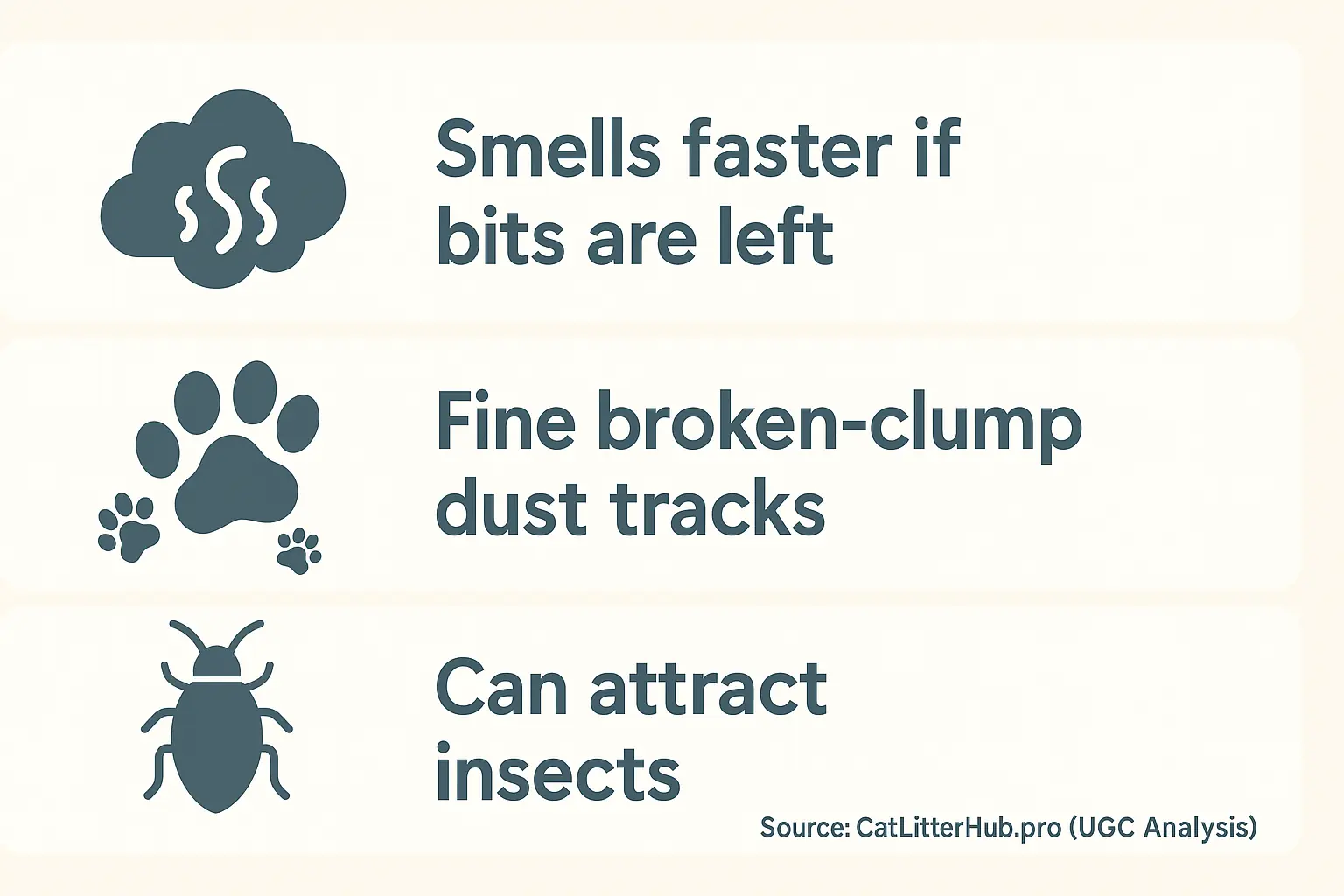
A clump that crumbles isn't just a scooping headache. Users report it can have knock-on effects. These impact other key litter performance areas. What else do owners notice when wheat clumps fail to hold up?
Odor control often suffers. When soiled litter fragments get left behind, the box can smell much faster. "The box starts to smell much faster if I can't get all the little bits out," is a common user refrain. That initial fresh, natural scent of wheat? It quickly disappears if clumps fail to contain waste effectively. Many cat owners find this disappointing.
Those fine powdery bits from broken clumps also create problems. They don't just stay in the box. Users frequently mention an increase in dust. Fine tracking also becomes an issue with wheat litters that powder easily. "It's not the big granules that track; it's the fine stuff from the clumps breaking up," one owner clarified. This fine dust settles everywhere.
Here's a more concerning ripple. Food-based litters like wheat can, according to some very frustrated users, attract unwelcome guests. Pantry moths are a worry. Other insects also appear in reports. This isn't universal. However, reports of pests in wheat litter do surface, especially if stored improperly or if clumps break down, exposing food material. We dive deeper into the sWheat Scoop bug issue specifically .
The Wheat Clump Verdict: Is It Worth the Gamble for Natural Clumping?
So, when it comes to wheat litter clumps, what's the final word from users? User experiences paint a picture of a mixed bag. This creates a real paradox of initial promise versus longer-term performance for many. The community feedback reveals this tension clearly.
On one hand, wheat litter offers natural clumping. This action is often biodegradable. It avoids harsh chemicals – a big plus for many cat parents. But on the other hand, users report daily battles. These involve crumbling clumps. Such clumps can create odor issues. Extra scooping diligence often becomes necessary. Users frequently ask: is the 'natural' benefit worth the potential daily hassle?
Ultimately, the 'right' answer depends on your priorities. Your cat's habits and your tolerance for imperfect clumps also play a huge role. If you scoop multiple times a day and prioritize 'natural' above all, wheat might work for you. But you might need rock-solid, long-lasting clumps. Minimal scooping effort could also be your goal. In these cases, user experiences suggest exploring other material options .
Related Insight: sWheat Scoop & Unwanted Guests: The Pantry Moth Phenomenon (UGC & Prevention)
Talk about wheat litters often turns to sWheat Scoop. Why? Users report it attracts pests. Pantry moths appear frequently in these accounts.
This particular brand concern is widespread. Cat Litter Hub has thoroughly investigated the sWheat Scoop bug reports from owners. Our detailed analysis uncovers the full story.

